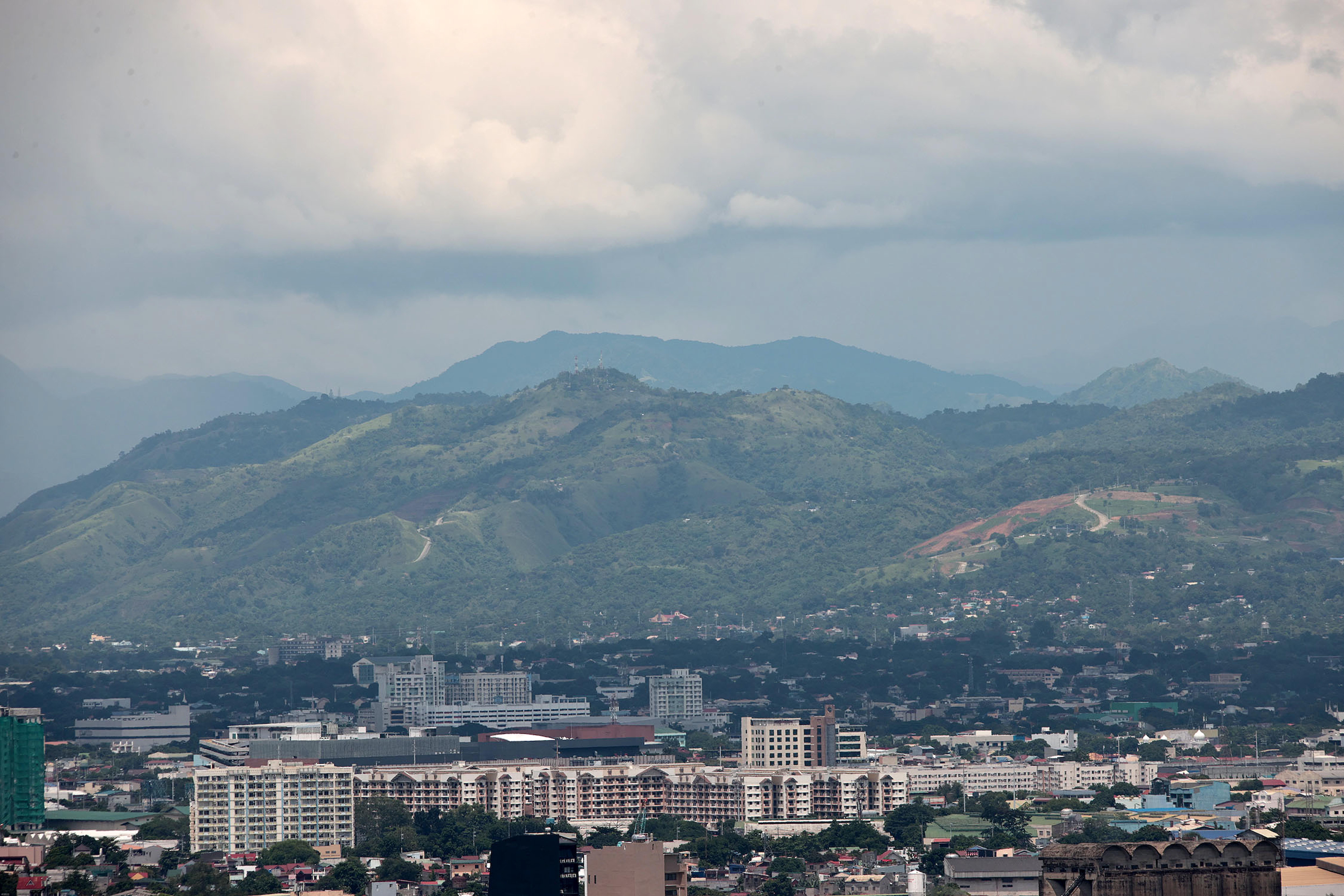How Tanay’s Laiban community got its forest back

NATURAL GUARDIAN The Sierra Madre mountains, seen from the eastern side of Metro Manila, is the longest mountain range in the Philippines and serves as a barrier protecting the eastern side of Luzon from storms. —GRIG C. MONTEGRANDE
MANILA, Philippines — The Sierra Madre mountain range provides a welcome shelter to local communities from increasingly more frequent supertyphoons that create havoc in the lives of Filipinos living on the eastern seaboard of the Luzon group of islands.
Laiban, once a sleepy barangay nestled in the lower Sierra Madre mountains bordering Tanay, Rizal, and Quezon province, is now one of the communities at the forefront of the fight against sudden and slow-onset climate impacts. These communities are working to reforest their area to bring back the once lush woodland in their midst.
Thanks to partners like Miriam College Environmental Studies Institute (ESI), Forest Foundation Philippines (FFP), and other industry partners, some 180 hectares of restricted forest zone have been reforested by local communities. The initiative started in 2004 when Miriam College and the Department of Environment and Natural Resources signed a memorandum of agreement to reforest 180 hectares of denuded forest for 25 years.
READ: Sierra Madre, mother mountain
In July 2022, a three-year “Empowered Community for the Forest” project was completed by ESI, the Laiban people, and FFP within the 25-year partnership.
Article continues after this advertisementWith this large reforestation project, the tree-planting requirement for the 180-hectare reforestation of the Kaliwa Rainforest Forest Reserve was completed.
Article continues after this advertisementChange is happening in the forest community. Biodiversity has come back. There has also been a shift in the people’s perspective about their role in forest conservation and understanding the role of the forest in their lives. From the Laiban community, a trained forest monitoring team works to ensure the protection and care of the rehabilitated forest—a testament to a stronger and more watchful community ready to protect and defend their natural resources.
As Miriam College’s end-of-contract term approaches, there remains the question of sustainability in protecting these newly planted forests. Help must be secured with a stable investment to continue to support the community members who are willing to sustain the maintenance, rehabilitation, and monitoring of the progress achieved by Laiban.
Various trees planted in the Laiban area since 2004 will be ready for assessment and study, along with the physical forest cover and its ecosystem benefits such as carbon sequestration, watershed contribution, biodiversity increase, and carrying capacity for guided tourism. The possibility for agroforestry, for planting secondary cash crops underneath, and training young people in the community to become foresters, can also offer residents alternative livelihoods. Lastly, identifying the best practices in forest rehabilitation learned from the Laiban project, codifying them into training programs, and organizing a cohesive community team that understands their role in the project and their relationship with the Earth, are activities that can very well be replicated in other communities.
Sister Marvie L. Misolas, MM is with the Miriam College Environmental Studies Institute.